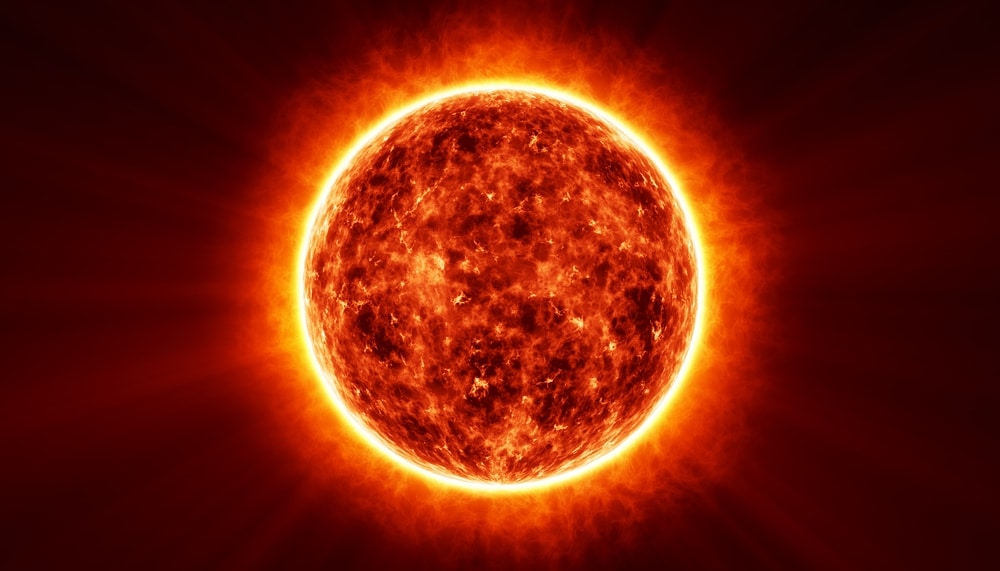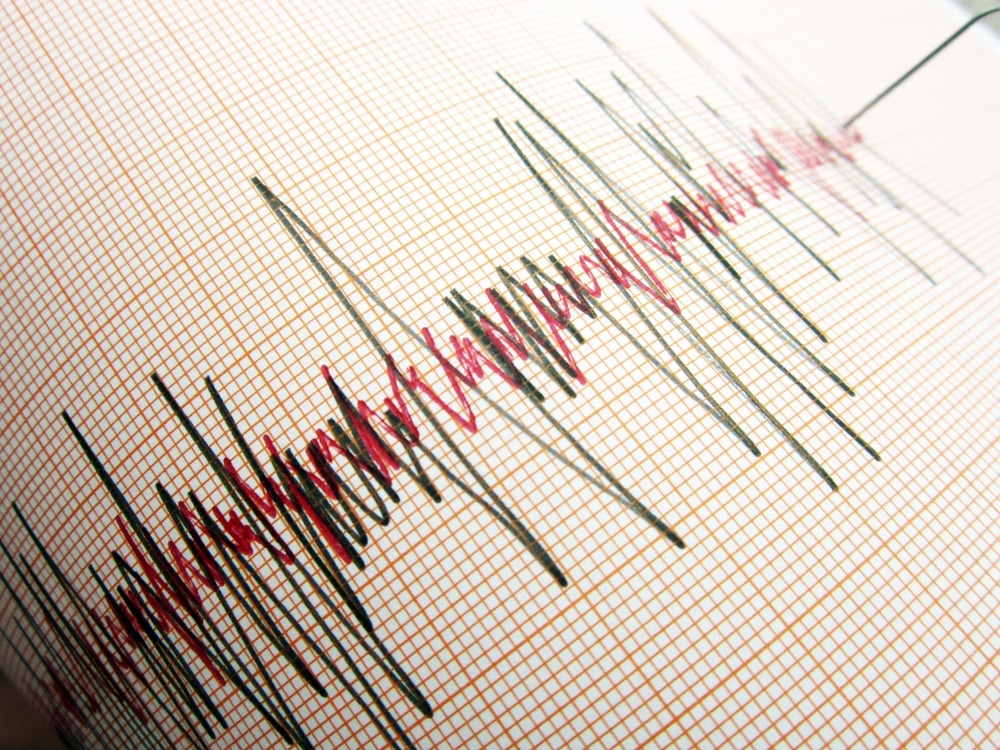Imagine running a 5K and winning the race by 10 minutes. That’s analogous to what is transpiring in Alaska at the moment. An exceptional slew of records has tumbled in the wake of extreme warmth, with highs up to 45 degrees above average.
According to the Seattle Times, The anomalous warmth has also brought record moisture, with top-tier rainfall totals thanks to the air’s capacity to transport more humidity. The ongoing spate of warmth is tied to a sprawling dome of stagnant high pressure banked southeast of the Aleutians in the northeastern Pacific.
Reinforced by unusually warm ocean waters north of Hawaii, that high-pressure “heat dome” is inducing sinking air. That brings about additional warming. This latest bout of record-shattering warmth caps off a year that has brought a number of high-end climate extremes to North America, including a withering late June heat wave that heated Seattle up to 108 degrees.
Yahoo News reported that according to the National Oceanic Atmospheric Administration, Alaska is warming faster than any other U.S. state and twice as quickly as the global average since the middle of the 20th century.
“Alaska’s Changing Environment notes that, since 2014, there have been 5 to 30 times more record-high temperatures set than record lows,” the NOAA said on its website. A 2019 analysis by the Associated Press found that new global high-temperature records were outpacing new low records by a ratio of 2 to 1.
That finding was corroborated by the Environmental Protection Agency. “If the climate were completely stable, one might expect to see highs and lows each accounting for about 50 percent of the records set. Since the 1970s, however, record-setting daily high temperatures have become more common than record lows across the United States,” the EPA said on its website. “The decade from 2000 to 2009 had twice as many record highs as record lows.”
















